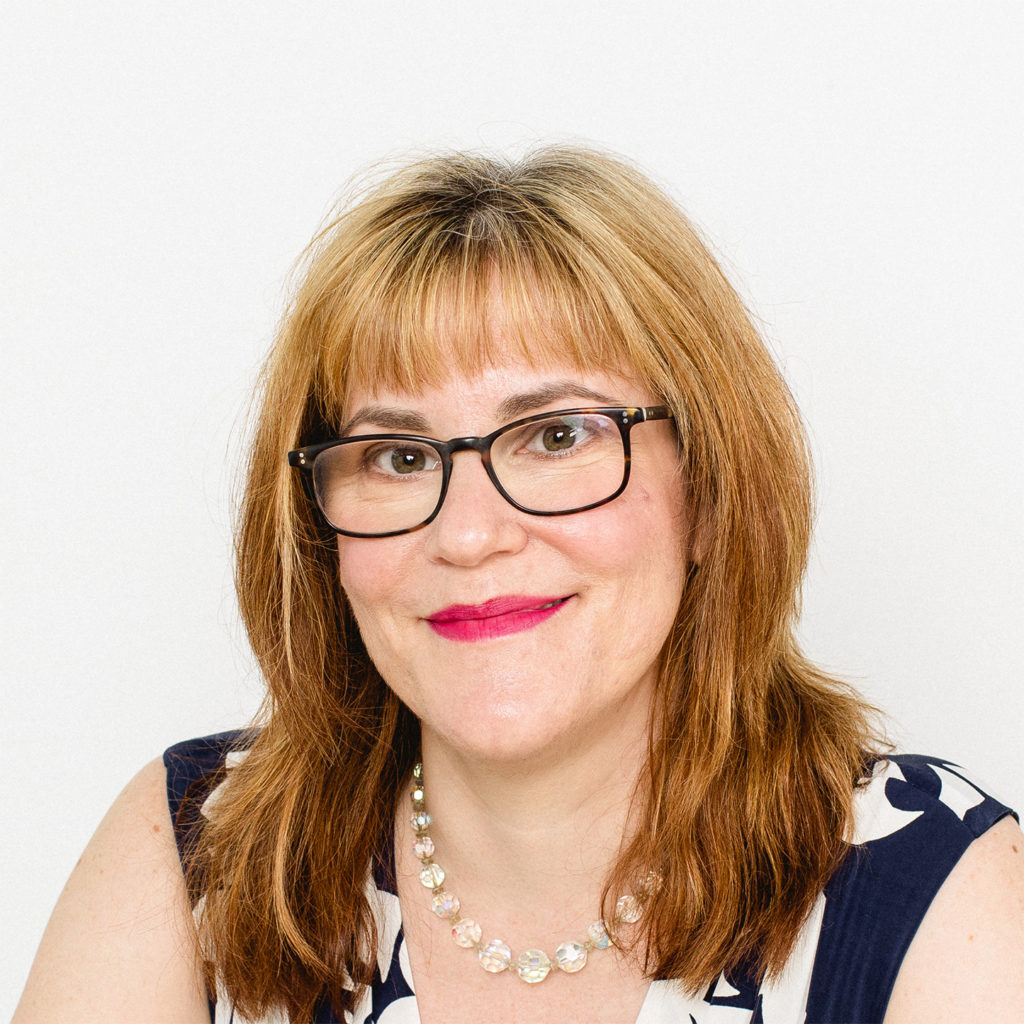In the nineteenth century, Italian economist Vilfredo Pareto realised that around 80 persent of Italy’s wealth was owned by just 20 percent of the population, and that this relationship held true across other countries too.

Tekst: Dr. Claire Routley, Head of Legacy Consultancy at Legacy Voice.
His theory – that there is an unequal relationship between inputs and outputs – has been found to apply across a whole array of situations. Indeed, the same principle applies when analysing gifts in wills: a small proportion of larger gifts account for the majority of income. In the UK, for example, we see that just 2 percent of gifts valued at over £250,000 make up over 30 percent of legacy income.
The impact of high-value gifts in wills
At the individual charity level, these large gifts can make a significant impact; a generous gift from Betty Saunders, who’d enjoyed a long career in fashion, enabled the V and A museum to purchase a beautiful and unique 18th Century dress, whilst Brent Lodge Wildlife Hospital has been able to build a new patient admissions building, thanks to larger gifts. For many charities, just one or two more large gifts a year like these could be transformational. And, over the next few decades, it’s increasingly likely that the generous, and relatively wealthy, babyboomer generation will be able to make such impactful gifts.
Driving down values?
However, despite the importance and impact of larger gifts, we may – inadvertently – be communicating in a way that could push down the value of the legacies that we receive. For example, our messaging often discourages people from restricting their gifts to specific areas of our work, despite research showing that larger gifts are more likely to come with such instructions. Or, in an understandable effort to normalise smaller gifts, we might stress the value of the very smallest gifts, or encourage people to think about leaving just 1 percent of their estate to our organisation – without necessarily considering the cumulative impact such messaging might have on those who are considering a more significant legacy.
Growing the value of gifts in wills
As well as thinking carefully about how we communicate, there are several things we could consider if we want to grow the number of larger gifts our organisations receive:
- Consider the different donor audiences and what their needs might be. Larger gifts can be left by people across the wealth spectrum, from those who might not have a lot of disposable income in life, but who choose to pass on the majority of their assets to charity at the end of their lives, right up to those who are multi-millionaires or even billionaires. It’s likely, however, that these people will have different needs and requirements of the charities they support – and we will need to understand and react to these.
- Create a compelling case for support. Wealthy people are often used to living in a world that they can control, where they can make a significant impact. In order to encourage them to support charities at the end of their lives, we need to show them that they can continue to influence the world around them, making a significant and lasting difference to a cause that they care about.
- Work with major donor colleagues. Our major donor fundraising colleagues are often best placed to raise the issue of gifts in wills with their donors, but they can be nervous of doing so, in case it has an impact on lifetime giving. In fact, research shows that this isn’t the case, and that when someone adds a charity to their will, their lifetime giving actually increases. We need to equip them with the tools and confidence to talk to their audiences about legacy giving.
The generosity of people who give large gifts in their wills to charities already makes a significant difference to our sector, and that impact is only likely to increase over the next few decades. By reaching out to, and meeting the needs of, those people capable of making high-value gifts in wills, we can potentially make a transformative impact on our charities, and most importantly, the people that we serve.
Jobber din organisasjon med arvegaver?
Siden 2018 har 30-40 av Fundraising Norges medlemsorganisasjoner gått sammen om å gjennomføre en årlig holdningskampanje om testamentariske gaver til ideelle organisasjoner. Kampanjen har fått navnet Det gode testament og skal i 2024 gå for syvende gang.